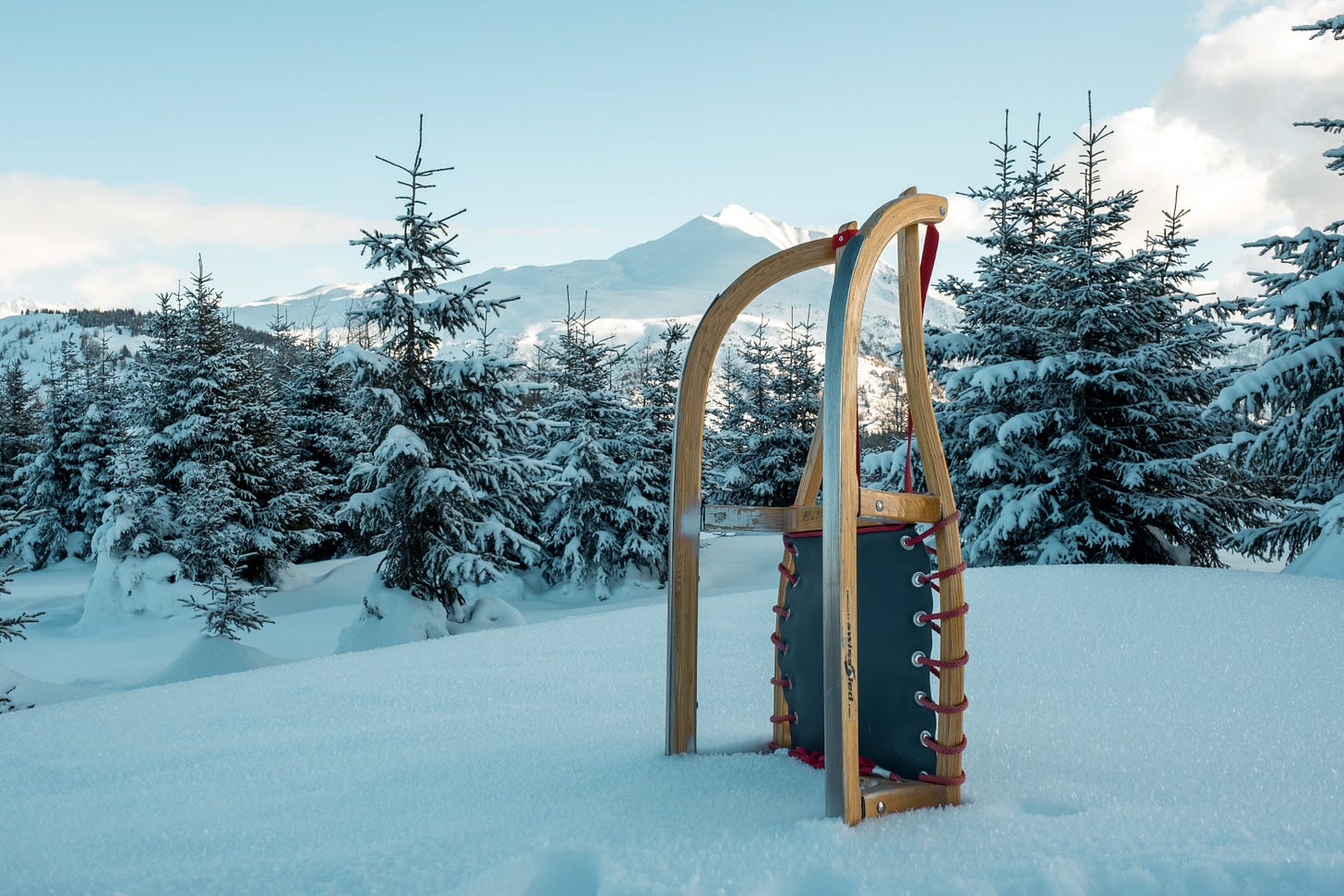Latest Research On Anxiety & Physical Activity Reminds Us Of The Important Role of Youth Sport in Supporting Good Health.
While youth sport has many benefits, its most important priority maybe providing another outlet for regular physical activity.
Anxiety is one of the most common mental health concerns for children and adults, affecting upwards of 20% of children and adolescents over their lifespan.
More physical activity means less anxiety.
While this sounds logical, putting into practice is difficult.
This applies to many things in life where the success or failure of anything lies in its execution or lack thereof.
This applies in the execution of a sport skill or strategy as well as managing our mental and physical health.
This backdrop is important in understanding the role of regular physical activity within youth sport in supporting good health.

Physical activity reduces anxiety?
200 000 Swedish cross-country skiers were studied over a period of years by exercise scientists at Lund University in Sweden looking into the long-term mental health impact with those whom participated in their famous Vasaloppet event.
The Vasaloppet, which celebrates its centenary this winter, is the largest series of cross-country ski races in the world, with crowds of racers annually lining up in the woods of central Sweden to whoosh, glide and pant through races ranging in length from 30 kilometers, or almost 19 miles, to the showcase distance of 90K, about 56 miles. Because this kind of endurance event requires abundant health, stamina and training, researchers previously have used data about Vasaloppet racers to study how exercise influences heart health, cancer risks and longevity.
The skiers, the researchers found, proved to be considerably calmer after their race than the other Swedes, with more than 50 percent less risk of developing clinical anxiety.
These findings are especially relevant during these crazy times. They are a reminder of the medicinal benefits of regular physical activity.
Reducing worry and dread by half is a noble and constructive goal for any of us, but especially for our young people.
With the focus of youth sport on competition, skill improvement, building life skills, there is a tendency to forget the importance of benefits the physical and frequent requirements of the activity.
This latest research can be added to the growing recent evidence around regular physical activity improving happiness, resiliency and reducing sadness, nervousness and anger.
When we stop and think about the evidence, we should move to immediately creating the recipe that will works for our situation.
Parents, coaches, volunteers, officials, board members: if you think this should also apply to us, well, you would be correct.
What does “creating the recipe” mean?
Creating a way to get the heart rate up daily.

For our young kids that means getting them to the park, field or in the north in winter to the ice rink, toboggan hill or ski trails.
For our older kids, it means introducing games that can be played outdoors, setting up a basketball net, batting net, hockey net. It could mean get to them to the local outdoor rink in the community in the winter.
For teenagers, it means introducing them to workouts and an active lifestyle around hiking and cycling and other activities.
It also means integrating your sport as part of the recipe.
The 2020 World Health Organization (WHO) guidelines call for children and adolescents to accumulate at least an average of 60 min of MVPA per day (mostly aerobic physical activity). They also recommend that vigorous physical activities and muscle and bone strengthening activities should each be incorporated at least 3 days per week.
In this context, priorities must:
· Build regular activity as part of a lifestyle early in a child’s life.
· Have youth sport COMPLIMENT at an active lifestyle.
· PLAN for movement at every opportunity, organized in sport or not.
As youth get older, the role of regular activity needs to take precedence over any other priority, including the importance of winning and getting a scholarship. Whatever it takes to keep our youth engaged is a very powerful mission.
That mission changes how we structure out leagues and teams, our practices and our schedules, our activities and commitments.
The EVIDENCE is all around us. Now up to US to EXECUTE.
More on the study of the 200 000 cross-country skiiers:
“We use participation in a Vasaloppet as a proxy for a physically active and healthy lifestyle,” said Tomas Deierborg, the director of the experimental medicine department at Lund University and senior author of the new study, who has twice completed the 90K race.
To start, he and his colleagues gathered finishing times and other information for 197,685 Swedish men and women who participated in one of the races between 1989 and 2010. They then crosschecked this information with data from a Swedish national registry of patients, looking for diagnoses of clinical anxiety disorder among the racers in the following 10 to 20 years. For comparison, they also checked anxiety diagnoses during the same time period for 197,684 of their randomly selected fellow citizens who had not participated in the race and were generally considered relatively inactive.
The skiers, the researchers found, proved to be considerably calmer over the decades after their race than the other Swedes, with more than 50 percent less risk of developing clinical anxiety. These good spirits tended to prevail among male and female skiers of almost any age — except, interestingly, the fastest female racers. The top female finishers from each year tended to be more likely afterward to develop anxiety disorders than other racers, although their risk overall remained lower than for women of the same age in the control group.
These results indicate “the link between exercise and reduced anxiety is strong,” said Dr. Lena Brundin, a lead investigator of neurodegenerative diseases at the Van Andel Research Institute in Grand Rapids, Mich., who was another author on the study.




